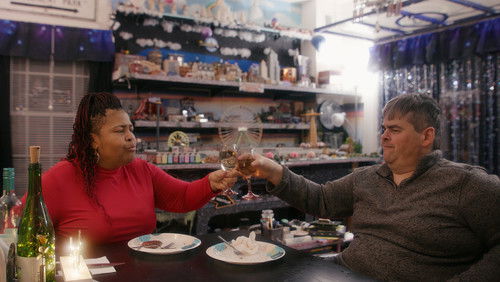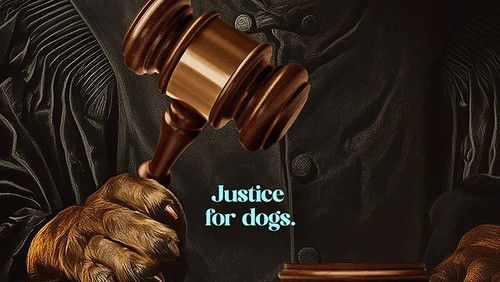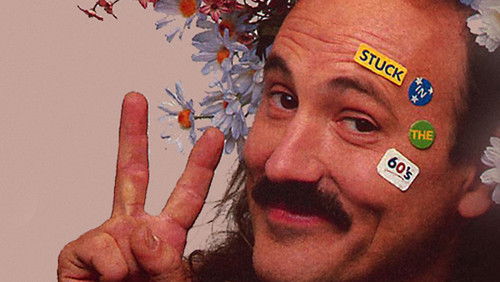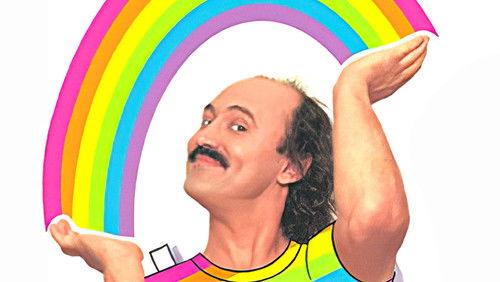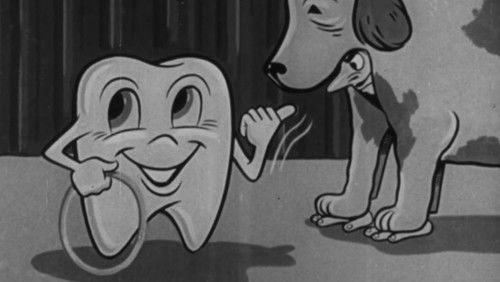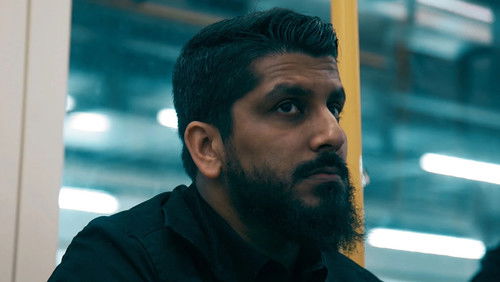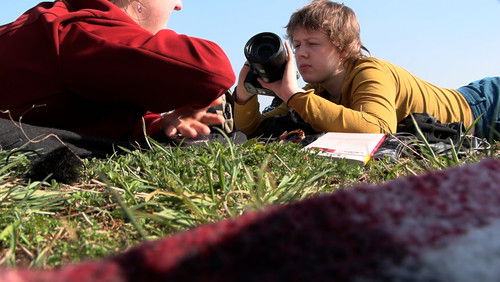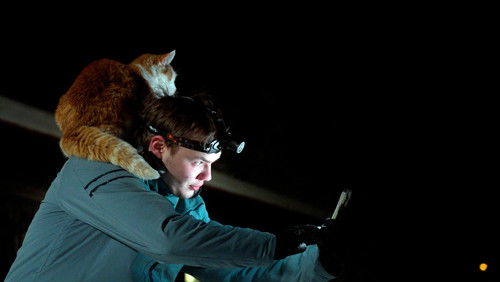Cooper and Hemingway: The True Gen (2013)
44KCooper and Hemingway: The True Gen: Directed by John Mulholland. With Sam Waterston, Len Cariou, Nancy Crawford, Kirk Douglas. Cooper and Hemingway: The True Gen is an unprecedented look at the bond between two of the most iconic artists of the 20th century.Utter opposites… nothing in common. The cowboy and the suburbanite. The conservative and the liberal. And yet these two artists (a word both men scoffed at) were the best of friends, right up to their deaths a mere seven weeks apart in 1961. But is the friendship of these two men really so surprising? A study of these two men is a study of the 20th century. Their internationally renowned careers (Cooper, two Best Actor Academy Awards; Hemingway, Nobel and Pulitzer Prizes) were played out over the same turbulent decades: the hedonistic 20s, the grim Depression 30s, the war-ravaged 40s, and the deceptively slumbering 50s; throughout, their public and private lives connected, parted, re-connected, intertwined, over-lapped, and collided. It is no small irony that the lives of these two men should suffer untimely ends at the dawn of the erupting sixties. Their final, poignant chapter closed at the beginning of a decade which would challenge many of the very ideals and precepts which both men so prominently represented.And yet, decades later, we have Liam Neeson reflecting: “…the character of Bryan Mills (Taken) fits into a cinematic iconic figure that we all recognize from way back … I’m thinking of Gary Cooper in High Noon, who is kind of a Bryan Mills. That kind of iconic figure that audiences seem to be attracted to.”Perhaps Cooper and Hemingway didn’t really pass the torch, perhaps they merely leant it.
“Cooper u0026amp; Hemingway: The True Gen not only profiles the lives of two of the greatest American icons of the 20th Century, but it also unfolds against the backdrop of world events and American history. u003cbr/u003eu003cbr/u003eThe narrative is skillfully driven by interviews interspersed with with never before seen home films and archival photographs. Perhaps most interesting is the documentaryu0026#39;s analysis of the parallel success of Hemingwayu0026#39;s The Old Man and the Sea and Cooperu0026#39;s High Noon in 1951. Who knew Hemingwayu0026#39;s suicide followed Cooperu0026#39;s death from cancer a mere seven week apart. u003cbr/u003eu003cbr/u003eMakes the viewer wonder how the loss of his best friend added to Hemingwayu0026#39;s terrible depression.”

